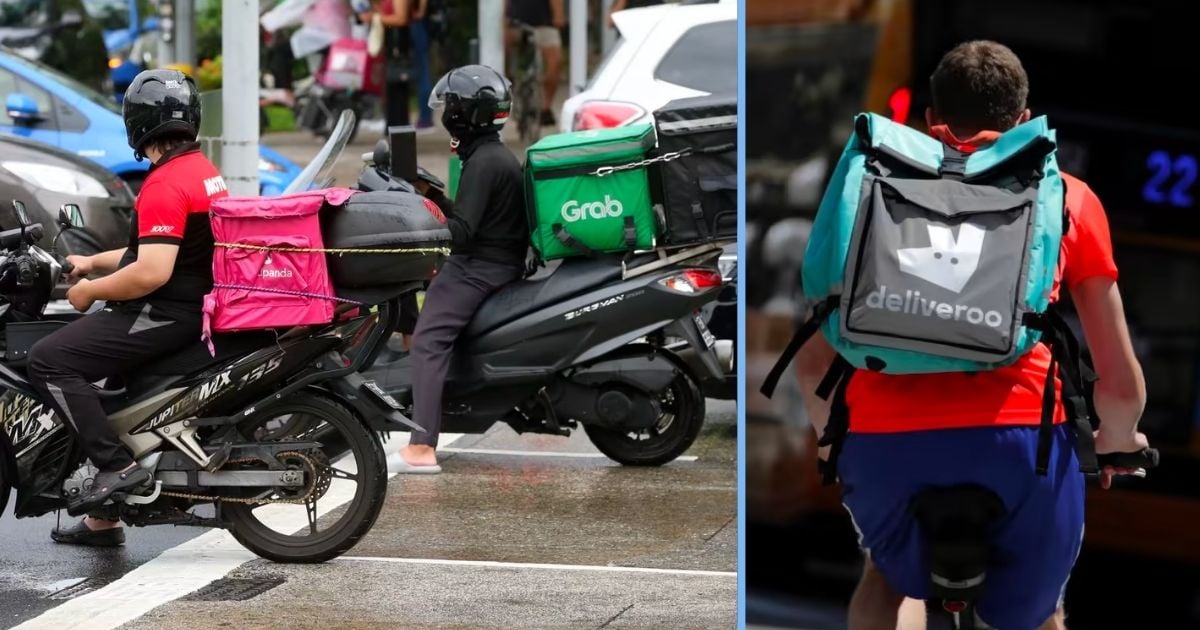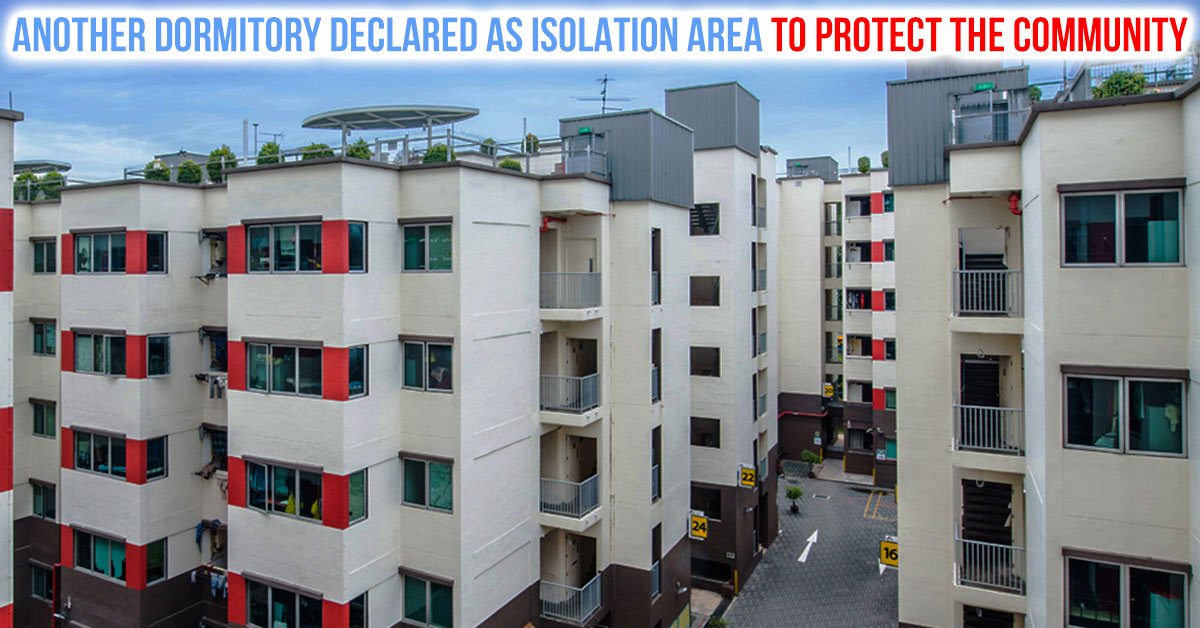It’s no secret that the cost of living in Singapore is rising, though income gains are stagnating. Food and housing prices continue to increase, though Singapore still does not have a minimum wage.
Because of this, ordering food delivery is almost a luxury, with just delivery fees possibly skyrocketing in a matter of seconds—Grab recently revealed that browsing their app minutes apart could result in considerable jumps in delivery fees.
Still, food delivery workers continue to report that their earnings are decreasing, as they struggle to earn their keep amid subsiding demand for these services.
Rider Earnt $90 After 11 Hours of Work
In an interview with Shin Min Daily News, 57-year-old Mr Sun, a food delivery rider, reported that food delivery orders he received dropped by around 50% from the pandemic period.
“Orders come in very slowly. Every day, I work 11 hours but earn only $90. Business is poor right now,” he expressed.
Mr Sun has been working in this line for three years, with an average income of around only $8 an hour now.
Another food delivery worker in their thirties, who declined to be named, also added that 40 hours’ of work a week was considered very little for riders.
“Most of us work very hard, more than 12 hours a day. Some don’t even take a day off and work seven days a week, so they earn well,” he said.
According to a small sample of 37 riders, they must work more than 40 hours per week to earn just $2,000 a month.
Just 33% Of Food Delivery Workers Do It Full Time
According to a cross-platform survey conducted by the Digital Platforms Industry Association established by popular delivery apps Deliveroo, foodpanda and Grab, 65% of workers on these platforms considered food delivery as their part-time job, and did not depend on this gig as their primary source of income.
Only 33% of riders work full-time on a long-term basis of three years or more, with the rest working these gigs only to supplement their full-time income.
The association also stated that they intend to provide platform workers with career-related learning guidance and resources. They welcomed the Ministry of Manpower’s career transition schemes, hoping it would support food delivery workers who wished to transition to another industry.
The demand for food delivery services continues to drop in a post-pandemic world, as more people elect to dine out instead of ordering in.
Food delivery gigs, however, continue to be attractive, as many residents take up jobs with these platforms with a mentality of “do more, earn more”. Despite this, researchers from the National University of Singapore worry that it is difficult for people working in these jobs to get promotions or a salary increase, leading to them falling into the plight of “in-work poverty”.
In an interview with Lianhe Zaobao, a researcher at the Institute of Policy Studies said that research showed that unless food delivery riders worked extremely long hours, they would not earn more than at other jobs. However, the pandemic contributed to a huge spike in demand, resulting in workers who were laid off during the period turning to food delivery for an income. After the pandemic, though, many workers quit the delivery service and returned to their old jobs.



